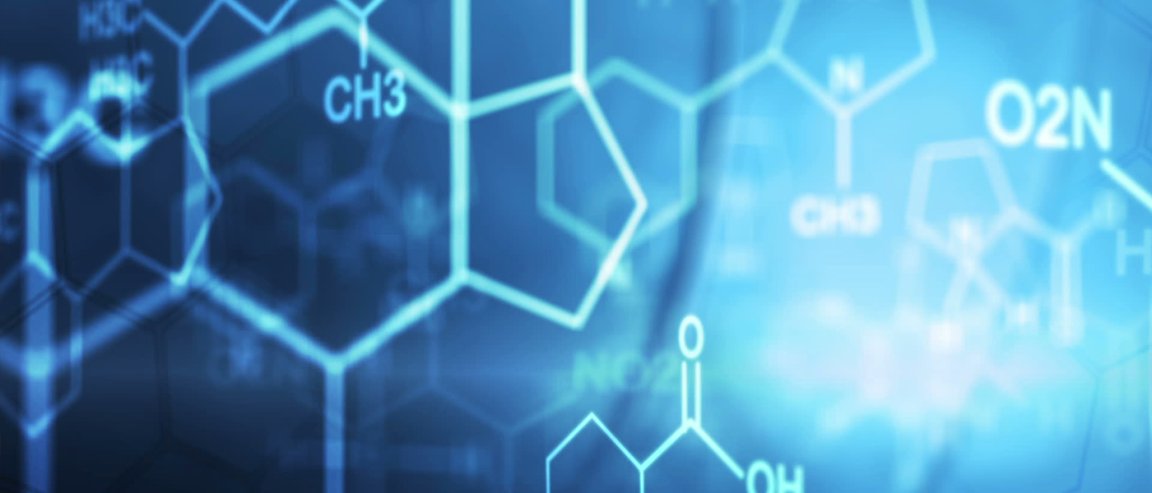
A group of researchers from the United Kingdom and the United States have developed a new technique for producing hydrogen peroxide on demand using a simple one-step process.
Their study was recently published in the journal Science.
A new method to make H202
The new process outlines how bimetallic compounds consisting of palladium (and any one of six other elements) can effectively prompt the hydrogenation of oxygen so that it transforms into hydrogen peroxide.
“Using our new catalyst, we’ve created a method of efficiently producing H2O2 on demand in a quick, one-step process,” said Simon J. Freakley of the Cardiff Catalysis Institute, the article’s lead author. “Being able to produce H2O2 directly opens up a whole host of possibilities, most notably in the field of water purification [in areas] where safe and clean drinking water is at a premium.”
They used different types of electron microscopy techniques to understand why palladium allows the hydrogen peroxide to decompose and how they could prevent it from happening. They soon found out that they had variations in sizes and compositions of the metal alloy catalyst particles.
“When you make a catalyst,” said Kiely, “you always tend to generate catalyst particles that span a range of different sizes. When we measured the composition of the gold-palladium particles, it turned out that the larger particles contained a lot of gold while the smaller particles had a lot of palladium. Only the medium-sized particles had the right composition. While the larger particles make the hydrogen peroxide, the tiny palladium-rich particles efficiently convert the hydrogen peroxide to water. We had to find a way to stop these smaller particles from doing their job.”
Worth the wait
https://www.youtube.com/watch?v=kETLek2GKKo
According to Kiely, the team has spent five years developing the catalyst and optimizing the heat treatment regimen.
“It was a long, hard slog to develop the material,” he said, “but the resulting final catalyst has excellent performance characteristics.”
The researchers also stated that the palladium-tin catalysts supported on titanium dioxide can switch off the hydrogenation of H202, and thus gives an overall selectivity to their desired product more than 95% of the time.
More information about the processes governing this development can be found in the official press release.